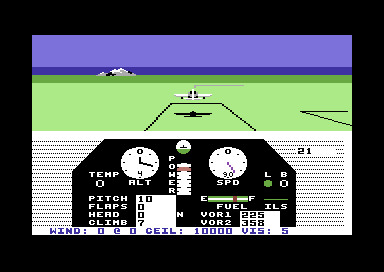
This is the Real Reason Your iPhone Cables Break
Apple products look great. Whatever else you think of the company, there’s little doubt that Apple uses high-end materials to create gorgeous and durable products. That’s true for just about everything Apple makes, with one glaring exception: the cables.
It’s common knowledge that Apple cables begin to disintegrate after about six months of regular use. This has been a constant across many different devices – MacBook, iPhones, and adapters, and over the course of many generations of product. My first generation iPhone had a cable that fell apart in 2009, and my iPhone 6 cable disintegrated less than a year later too.
This issue has created an entire industry of third party Apple cables, and another industry of hacks (see Sugru, Apple cable protectors) to keep cables from disintegrating. Somehow, third party Apple accessory manufacturers have no problem making cables that are far more durable than Apple’s. There are websites with buying guides for replacement iPhone cables which are both good looking and far, far more durable. As a committed Apple family with multiple MacBooks, iPads, and iPhones, we’ve eventually replaced all our OEM Apple cables and found alternatives which have survived in pristine condition for years now.
Why can’t Apple use its billions to create a cable that won’t fall apart?
There are several explanations offered for Apple’s apparent incompetence in cable design, but one stands out: Greenpeace. In 2009, Greenpeace successfully lobbied Apple to remove PVC from their cables with their “Green My Apple” campaign. PVC is Polyvinyl chloride, or just vinyl, the world’s third most popular plastic polymer. Ever since, Apple has bragged on their Environment page that all their products are PVC free.
I am not a chemical or environmental engineer, so I cannot definitively tell you whether Apple’s decision is scientifically sound. What I do know is that PVC is one of the world’s most common chemical products. In the USA, it is used for 66% of drinking water delivery pipes, most electrical cable insulation, waterproofed clothing, vinyl flooring, and medical gloves. Not deadly-toxic stuff, in other words. Like any other plastic, I would not suggest eating it or breathing fumes from a fire, but it is otherwise safe.
So why did Greenpeace object to Apple’s use of PVC? Their site is not clear on this other than vague references to “poison plastics,” and the difficulty of disposal. We used to think that plastics like PVC would remain in the environment for thousands of years, but we’ve since learned that there are bacteria and fungi that effectively eat PVC for dinner. In the past, lead-based stabilizers have been used in PVC, but suitable replacements are well established.
What has Apple accomplished with their PVC ban? Their reputation for making quality accessories has been ruined. Billions of broken Apple cables have been prematurely sent to the landfill. Billions of replacement cables will be sent to landfills when the gadgets they charge become obsolete. While Apple no longer uses PVC in their cables, many people now rely on cheap third party cables from China, which may use toxic chemicals like lead, arsenic, mercury, and brominated flame retardants.
The only winner from Apple’s PVC ban has been Greenpeace, while consumers, Apple’s reputation, and the environment itself have suffered. In 2007, Steve Jobs directly addressed Greenpeace’s campaign against Apple at a shareholder meeting:
“I think your organization particularly depends too much on principle and not enough on fact… I think you put way too much weight on these glorified principles and way too little weight on science and engineering. It would be very helpful if your organization hired a few more engineers and actually entered into dialogue with companies to find out what they are really doing and not just listen to all the flowery language when in reality most of them aren’t doing anything.”
David L Veksler
David Veksler is the Director of Marketing at FEE.
This article was originally published on FEE.org. Read the original article.







